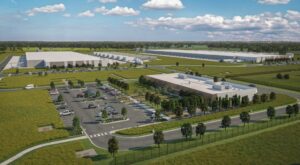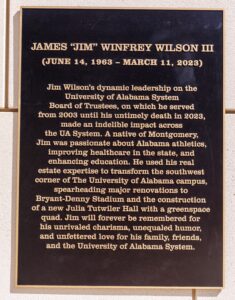As the new decade commences, the United States economy is solid thanks to new job creation, low interest rates (thank you Fed) and strong demand from the consumer. (Low unemployment translates to more dollars in the pockets of consumers yielding more robust purchasing power.) The recent holiday season sales were positive overall. Residential construction is improving. Demographics are changing and politics (unfortunately) will take center stage in 2020.
The changing demographics: The Boomers are continuing to enter the retirement world. As a group that fueled the rise of consumerism, the numbers are still great. Estimates are that over 70 million Boomers are retired or getting very close to retirement. That alone changes the income of many households. The Millennials, a rapidly growing segment of the U.S. population, have, on the surface, a different outlook of being more urban, less of a consumer, more into experience buying and certainly more digital. These two ends of the demographic spectrum, Boomers and Millennials, will find 2020 to be a conflicting year – think politics. However, the business world is forecast to keep moving ahead.
Retail – The recent holiday season revealed a 3.4% sales increase from 2018 levels (excluding autos). The National Retail Federation reported 189.6 million U.S. shoppers visited retail stores and websites during the long Thanksgiving Holiday through Cyber Monday weekend. Overall, households are good as consumer confidence remains near its highs of the current upbeat business cycle. The bricks and mortar stores in some categories struggled in 2019 with over 9000 stores closed and more on the horizon for 2020 as the internet and e-commerce sales rose over 18%. There will be fewer Gap, Chico’s, New York & Company and Office Depot stores in 2020. Strong traditional Department Stores such as Nordstrom, Dillard’s, and Macy’s saw a small drop in 2019 Holiday sales (November 1 through December 24) of 1.8%, despite reports of almost a 7% increase in on-line sales. Overall strength (stores and on-line) continues with Wal-Mart, Target, Amazon, Costco, Home Depot, grocery stores and restaurants.
Residential Construction – Continuing along the premise that residential construction is based on local economics, the U.S. is experiencing growth in many areas. Certainly, the most difficult residential challenges appear to be in California with single family housing costs far exceeding what the middle class can afford. Other areas, including the Sun Belt, are growing, as families appear to be relocating away from those states with extremely high property taxes. Builder optimism is exceptional as activity levels rise, interest rates remain low and demand increases. Builders must balance these positives with tight inventory of available lots and construction costs rising.
One area of residential-like housing is the assisted care facilities. With the Boomer generation getting older the need for the care facilities continues to increase. Depending upon the wealth of the person, these living accommodations can cost anywhere from a few thousand each month to over $20,000 per month. In Montgomery, Alabama, there are three new facilities under construction. As with any housing segment, the supply may initially appear to outweigh demand, but not for long.










